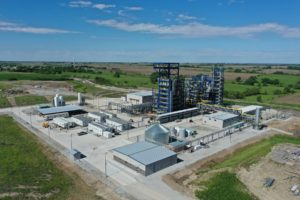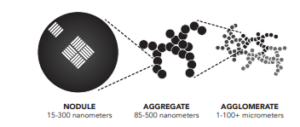Low-carbon ammonia in Nebraska and the Netherlands
Last week, two new low-carbon ammonia production projects were announced, both of them large-scale and largely CO2-free. Monolith Materials announced a 275,000 ton per year “clean ammonia” plant in Nebraska, in the heart of the US cornbelt. The plant will begin construction in 2021, expanding the existing demonstration plant, using Monolith’s methane pyrolysis process powered by 100% renewable electricity. Ørsted and Yara announced their plan to produce 75,000 tons per year of “green ammonia” at Yara’s existing Sluiskil plant in the Netherlands. They intend to install a 100 MW electrolyzer, using Ørsted’s offshore wind energy, with a final investment decision expected in 2021-2022, and production beginning in 2024-2025.





